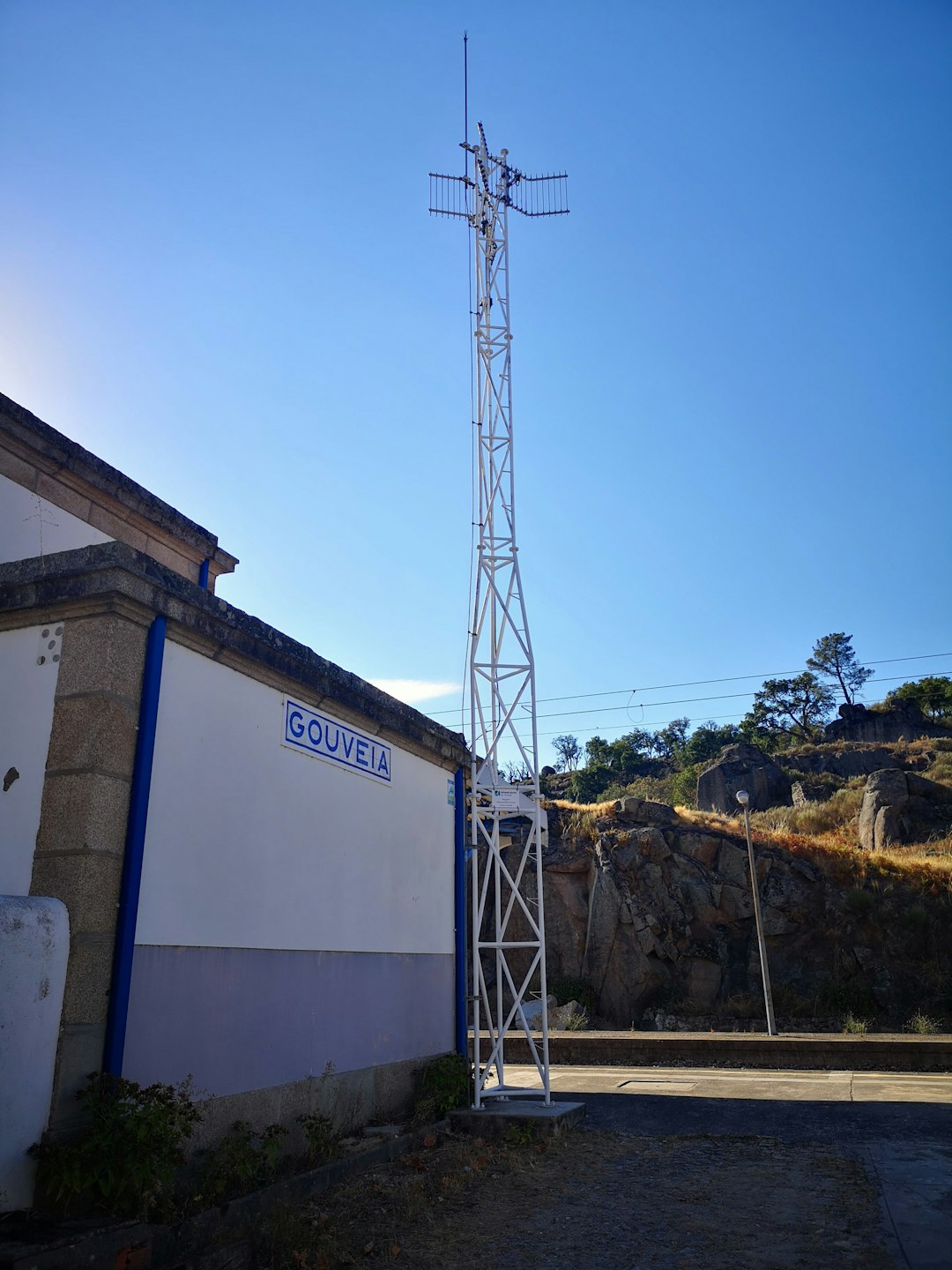In a world where mobile connectivity remains a challenge in rural and remote areas, SpaceX’s Starlink is carving out a revolutionary new path with its “Direct to Cell” initiative. This ambitious effort signifies a bold step to connect smartphones directly to Starlink’s low-earth orbit (LEO) satellites, bypassing traditional cell towers entirely. As the global space race intensifies in modern telecommunications, Starlink stands at the forefront with its unique space-based architecture and expanding services.
What Is “Direct to Cell” Technology?
The term “Direct to Cell” refers to Starlink’s ability to transmit data, voice, and text services straight from its satellite constellation to standard, unmodified smartphones. This is a game changer in satellite communication, challenging the existing dependency on traditional infrastructure such as towers or ground-based antennas.
Unlike conventional satellite phones that require specialized hardware, Starlink’s new service aims to make satellite connectivity seamless and indistinguishable from a regular cell network experience. This means standard mobile devices will eventually be able to send messages, make calls, and access data even when outside the reach of terrestrial networks.

A Timeline of Key Milestones
Starlink’s “Direct to Cell” journey started taking shape long before 2024, yet it was in this year that SpaceX began making headlines for launching satellites capable of supporting cellular capabilities. With partnerships like the one with T-Mobile in the United States, Starlink plans to unlock fundamental mobile services using its satellites.
- 2022: SpaceX announces partnership with T-Mobile focused on eliminating mobile dead zones.
- Early 2023: Technical framework for satellite-to-cellular capability is developed, with FCC filings showing draft plans.
- Late 2023: First “Direct to Cell”-enabled Starlink satellites are tested in orbit.
- 2024: Starlink begins stepping beyond proof-of-concept, allowing beta texting services via satellites for limited users.
This roadmap indicates a transformative push toward full feature functionality, with text rolling out first, followed by voice and broadband mobile data in subsequent phases.
Why It Matters: Real-World Benefits
For the average consumer, many practical benefits stem from Starlink’s cellular milestone. Here’s what “Direct to Cell” could change in everyday life:
- Emergency Communication: In remote or disaster-affected regions, connectivity can be a literal lifesaver. Starlink ensures a reliable fallback wherever the sky is visible.
- Expanding Coverage: Rural and underserved communities could gain reliable cell access without new terrestrial infrastructure.
- Seamless Roaming: The ability to connect directly to satellites globally could reduce the costs and hassle of international roaming.
- Cost-Reduction for Carriers: Partnering with Starlink could save telecom companies billions in hardware and tower deployment.
The main highlight is inclusivity. Millions of people around the world currently live outside mobile coverage zones. Starlink “Direct to Cell” opens doors to digital services, education, telemedicine, and emergency aid in places previously disconnected from the digital world.

Technical Aspects: How Does It Work?
The Starlink cellular satellites operate in low Earth orbit, approximately 550 kilometers above the ground. Each satellite is equipped with an eNodeB modem—the same kind cell towers use—allowing it to function like a floating tower in space.
Compatibility is also central. SpaceX is designing the system so that existing smartphones with 4G LTE modems won’t need software or hardware upgrades. When a user is out of range of a terrestrial network, their phone will automatically switch to link with a Starlink satellite overhead.
Of course, low-latency and efficient data management are core challenges. With thousands of satellites in motion and mobile receivers on Earth, maintaining seamless and secure communication is an ongoing technical frontier.
Challenges and Considerations
While promising, the “Direct to Cell” plan isn’t without its complications. Starlink must navigate:
- Regulatory Hurdles: Satellite communication must be authorized by regulators in each country, meaning a patchwork of compliance requirements.
- Spectrum Allocation: Efficient spectrum usage is critical to preventing interference with terrestrial networks and ensuring bandwidth consistency.
- Battery Life and Signal Integrity: Connecting a phone to a satellite consumes more power and needs robust signal processing.
- Pricing Models: It remains unclear how much end-users will pay or if it will be bundled with traditional cell service plans.
The Global Implications
In addition to the U.S., Starlink has begun forming partnerships in other regions, including Australia, New Zealand, Japan, and parts of Africa. These collaborations aim to expand the reach of satellite-based mobile access—particularly in areas where fiber or tower-based expansion is not economically viable.
Such broad-scale implementation could reshape global telecom strategies, giving rise to hybrid networks where space and ground infrastructure work together to overcome connectivity blackouts.
Looking Ahead: What to Expect
The initial phase of the Starlink “Direct to Cell” service is focused on messaging functionality, anticipated to go live for consumers in late 2024 or early 2025. Call and data services are expected over the next two years as the satellite network becomes more robust.
As SpaceX continues to launch second-generation satellites with cellular capability, the frequency and reliability of connections will improve. Ultimately, the goal is a future where users may never notice whether they’re connected to a ground tower or a sky-based satellite—the experience will be seamless.
Frequently Asked Questions (FAQ)
-
Q: Will I need a special phone to use Starlink’s “Direct to Cell” service?
A: No. Starlink’s technology is being designed to work with existing LTE-compatible smartphones, with no modifications or software updates necessary. -
Q: When will the service be available?
A: Limited beta services, primarily for texting, are expected by late 2024. Voice and data services are estimated for release in 2025 or beyond. -
Q: How will the service be priced?
A: Pricing details have not been finalized. It is presumed that services will be offered through partnerships with carriers like T-Mobile, possibly as part of existing plans or add-on features. -
Q: Will this replace traditional mobile networks?
A: No. It is intended as a complementary solution, especially for coverage in areas where terrestrial networks fall short. -
Q: Can I use my Starlink dish for mobile phone service?
A: No. Starlink for home internet uses different equipment. “Direct to Cell” allows phones to connect directly to specialized satellites, not ground dishes.
Starlink’s push into cellular communication is as ambitious as it is transformative. By making satellite-based mobile access accessible and seamless, it is redefining what it means to be connected in the modern world—no matter where one might be standing.
